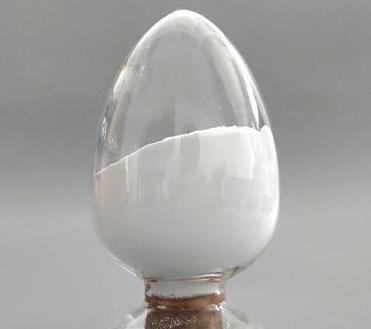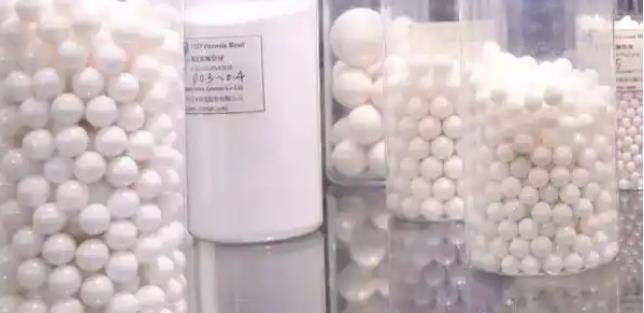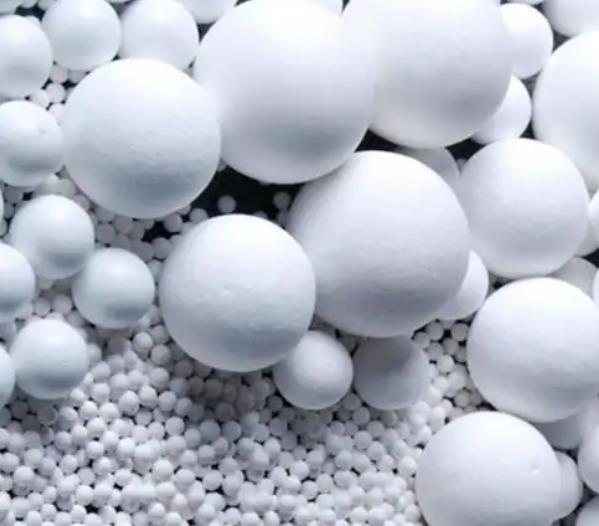Is zirconia a metal or ceramic?
The basic properties of zirconium oxide
(ZrO₂) is an inorganic non-metallic material, also known as zirconium oxide. Although the name contains "zirconium", zirconium oxide is not a metal. In fact, it is a high-performance ceramic material, or a type of engineering ceramics or precision ceramics. This material has good stability at high temperatures and excellent mechanical properties, such as high hardness, strong wear resistance, and good resistance to cold and hot shock.

The structural characteristics of zirconia are also very unique. Its crystal structure has three main forms: monoclinic, tetragonal, and cubic. At room temperature, zirconia mainly exists in the monoclinic form, while at high temperatures it transforms into the cubic form. This phase transformation property enables zirconia to have excellent toughness and strength in high-temperature environments, and it is often used to manufacture high-temperature ceramics.
Zirconia (ZrO2), as an important inorganic non-metallic material, is hailed as the "king of ceramics" due to its outstanding physical and chemical properties. In recent years, with the continuous advancement of materials science and preparation techniques, the application fields of zirconia have been continuously expanding. From traditional ceramics and refractory materials to modern fields such as electronics, biomedicine, aerospace, zirconia is playing an increasingly important role.
The physical and chemical properties of zirconium oxide
Zirconium oxide is a white solid powder with a melting point as high as 2715℃. It possesses excellent properties such as high hardness, high strength, high toughness, wear resistance, corrosion resistance, and high temperature resistance. Its main characteristics are as follows:

High melting point and high chemical stability: The melting point of zirconium oxide is as high as 2715℃, making it one of the materials with the highest melting point among known oxides. Moreover, it maintains excellent chemical stability at high temperatures and does not react with most acids and bases.
High hardness and wear resistance: The Mohs hardness of zirconia ranges from 6.5 to 7.5, ranking only after diamond and silicon carbide, and it exhibits excellent wear resistance.
High toughness and thermal shock resistance: Pure zirconia is in the monoclinic phase at room temperature, and it transforms into the tetragonal and cubic phases at high temperatures. This phase transformation property endows it with high fracture toughness and thermal shock resistance.
Excellent electrical insulation and ionic conductivity: At room temperature, zirconia is a good insulator. However, at high temperatures, the internal oxygen ions have a high mobility, demonstrating excellent ionic conductivity for oxygen.
Biocompatibility: Zirconia has excellent biocompatibility and is non-toxic and harmless to human tissues, and it does not cause allergic reactions.

The difference between zirconia and metals
It is worth noting that although zirconia has high hardness and wear resistance, it is not a metal. Metals are substances that have luster, ductility, electrical conductivity, and thermal conductivity, mainly composed of metal elements or with metal elements as the main component, and possess general metal properties. In comparison, the most significant characteristic of zirconia is its hardness and stability, and it does not have the ductility and electrical conductivity of metals.

The wide application of zirconia
1. Due to its excellent physical and chemical properties, zirconia is widely used in various fields. For example, in the medical field, zirconia is often used as dental implants, such as artificial teeth and tooth roots, because it has good biocompatibility with human tissues and is wear-resistant and corrosion-resistant.
2. In the engineering field, zirconia is often used as the manufacturing material for cutting tools, molds, and wear-resistant parts due to its high hardness and wear resistance.
3. In the aerospace and energy fields, zirconia can also be used as an important raw material for manufacturing high-temperature structural ceramics and piezoelectric ceramics.